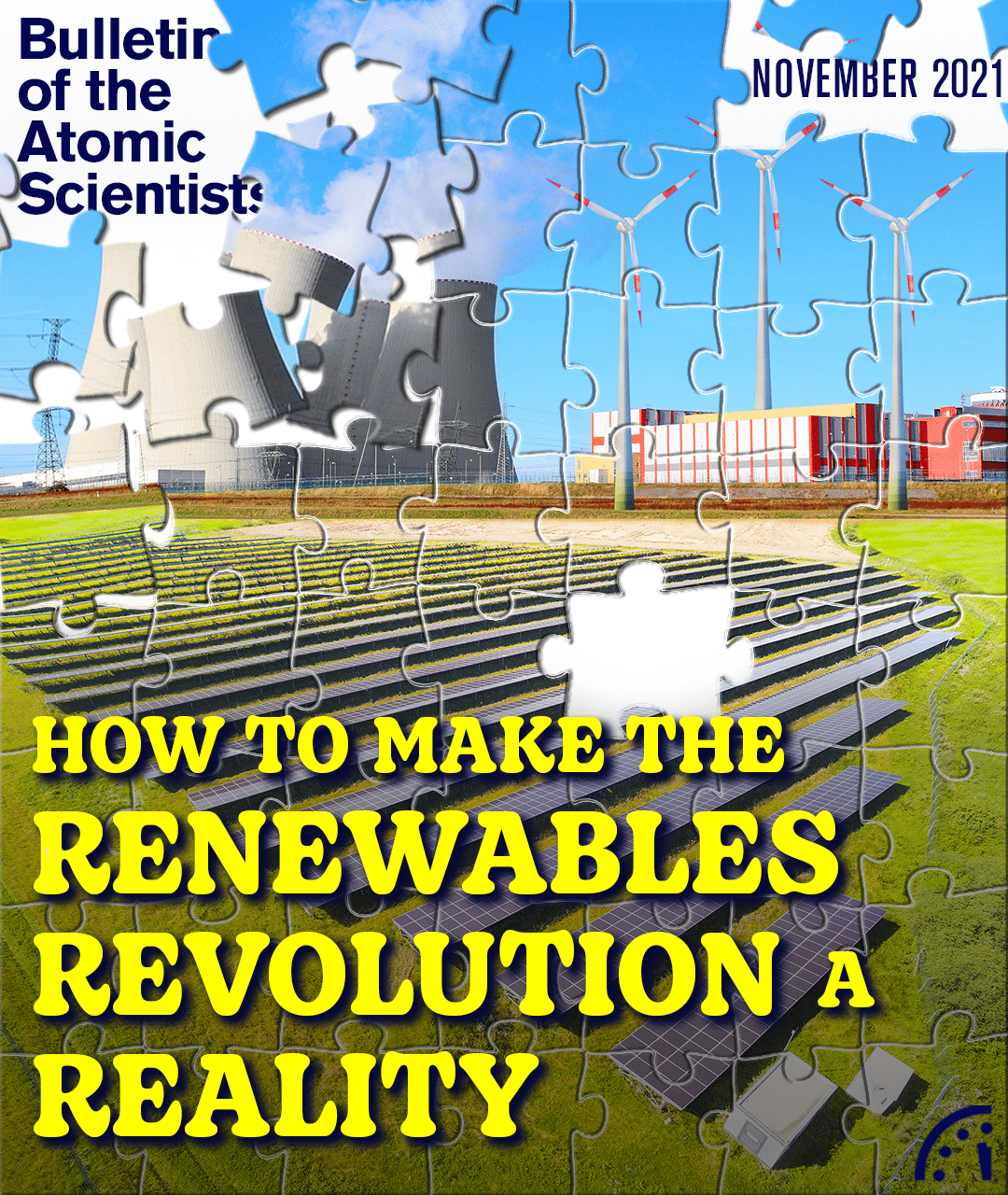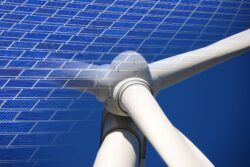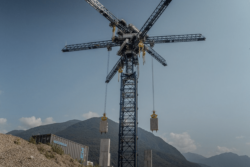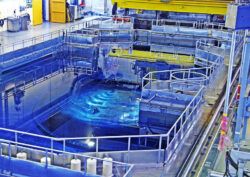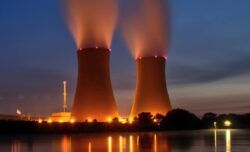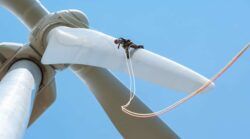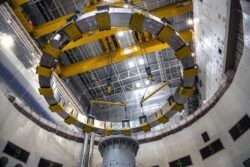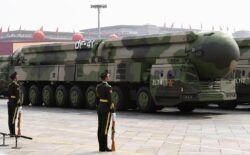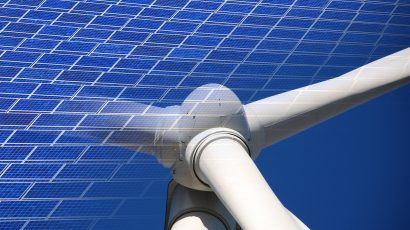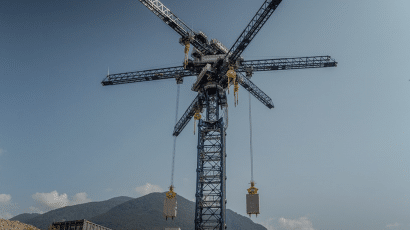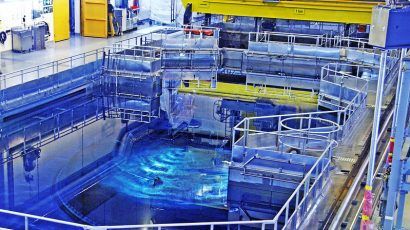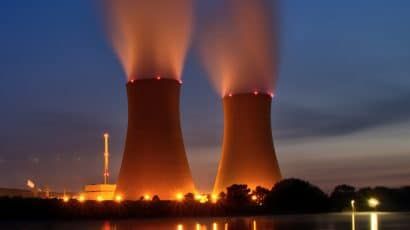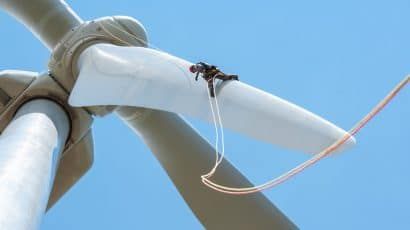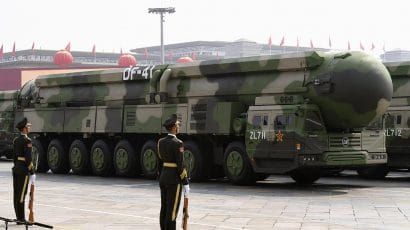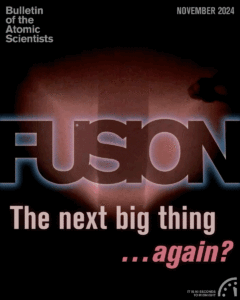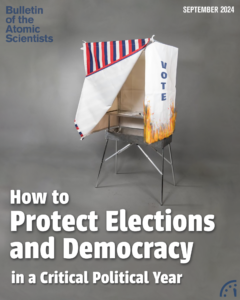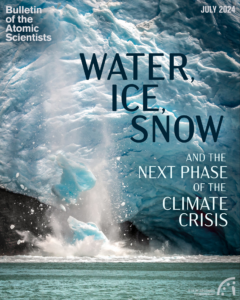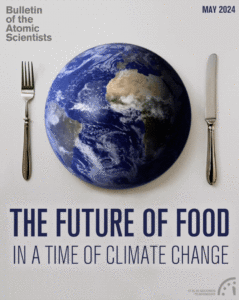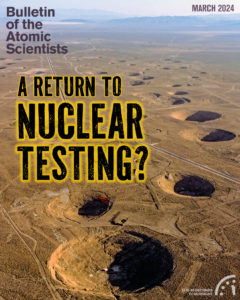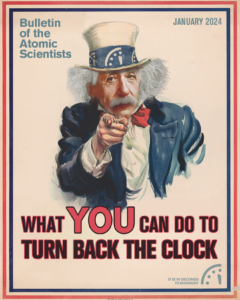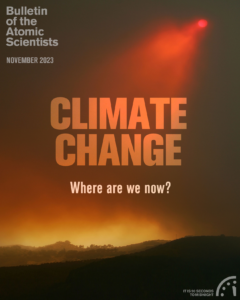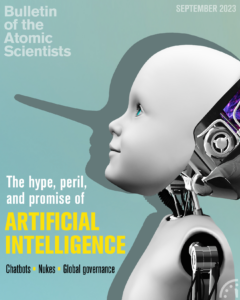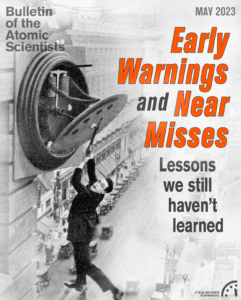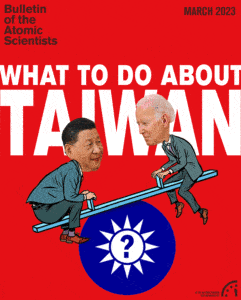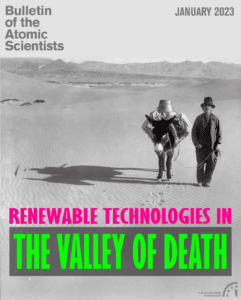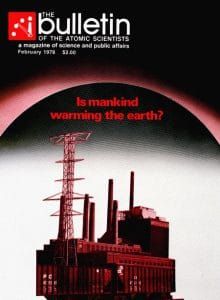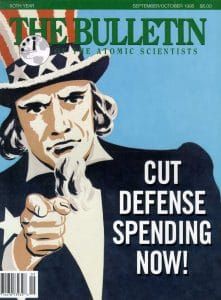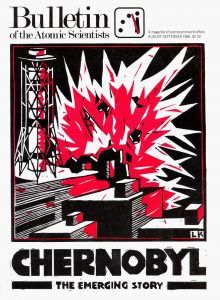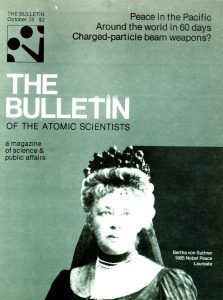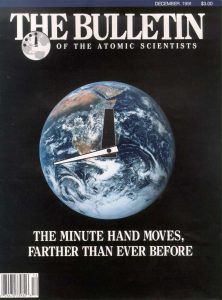DIGITAL MAGAZINE
November 2021
DIGITAL MAGAZINE
November 2021
How the renewables revolution can move from catchphrase to reality
The five things that must happen for renewables to fit into the grid: Interview with Greg Nemet
Long-duration energy storage for reliable renewable electricity: the realistic possibilities
Nuclear fear: the irrational obstacle to real climate action
Is nuclear power sustainable in a carbon-free world? The case of Sweden.
Nuclear energy: a distraction on the road to climate solutions
Offshore wind: Poised for the big time. An interview with Anthony Kirincich
Fusion’s role in fighting climate change
Bombs, science, and baby teeth
Nuclear Notebook: Chinese nuclear forces, 2021
The five things that must happen for renewables to fit into the grid: Interview with Greg Nemet
Long-duration energy storage for reliable renewable electricity: the realistic possibilities
Nuclear fear: the irrational obstacle to real climate action
Is nuclear power sustainable in a carbon-free world? The case of Sweden.
Nuclear energy: a distraction on the road to climate solutions
Offshore wind: Poised for the big time. An interview with Anthony Kirincich
Fusion’s role in fighting climate change
Bombs, science, and baby teeth
Nuclear Notebook: Chinese nuclear forces, 2021
Subscribe now
We've relaunched the Bulletin's award-winning digital magazine. Get premium access for less than $5 a month.
Magazine archive

Premium subscribers can read the complete Bulletin of the Atomic Scientists’ archive, which contains every article published since our founding in 1945.
This archive was created in honor of John A. Simpson, one of the Bulletin’s principal founders and a longtime member of its Board of Sponsors. This searchable archive provides exclusive online access to original interviews and commentary by luminaries like Albert Einstein, J. Robert Oppenheimer, Ruth Adams, John F. Kennedy, Stephen Hawking, Christine Todd Whitman, US Secretary of Defense William J. Perry, and multiple Nobel laureates.
